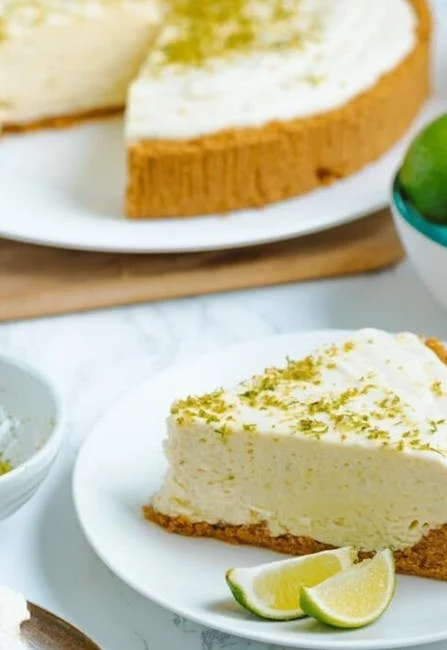Introduction
Key lime pie, that tangy, creamy slice of sunshine, is a dessert that evokes images of warm beaches and carefree days. But achieving the perfect balance of tartness and sweetness can be a challenge. Many bakers aim for the classic Key lime flavor but often end up with a pie that’s either too sweet or overwhelmingly sour. This article unveils the secrets to creating a Key lime pie that is both intensely flavorful and wonderfully balanced, bringing the taste of the Florida Keys straight to your kitchen.
The Key Elements of Tartness
Genuine Key Limes: The Foundation of Flavor
The first and most crucial secret lies in the limes themselves. Forget bottled juice! Use fresh Key limes. These tiny limes, also known as Mexican limes, are more aromatic and have a unique tartness compared to their larger Persian lime cousins.
- Why Key Limes Matter: Their juice is more acidic and has a distinct floral aroma.
- Sourcing Key Limes: Look for them at specialty grocery stores or online. If unavailable, a blend of regular lime and a *tiny* squeeze of lemon can work in a pinch (but it won’t be the same!).
- Juicing Techniques: Use a citrus juicer or reamer to extract the juice efficiently. Be careful to avoid squeezing too hard, which can release bitter oils from the rind.
The Sweetness Counterbalance: Sugar Selection
The right type and amount of sugar are essential for balancing the tartness. Granulated sugar is commonly used, but you can subtly adjust the flavor profile with other options.
- Granulated Sugar: The standard choice, providing clean sweetness.
- Powdered Sugar: Can contribute to a smoother texture, but be mindful of its cornstarch content.
- Brown Sugar (a touch): A small amount can add a subtle molasses note that complements the lime flavor. Use sparingly to avoid overpowering the tartness.
Balancing Act: The Importance of Ratio
The key to a perfectly tart yet balanced pie lies in the ratio of lime juice to sugar. This is where many recipes fall short. Here’s a guideline to follow:
- Start with a base recipe: Find a reputable Key lime pie recipe online or in a cookbook.
- Adjust the sugar gradually: If your first attempt is too tart, add a tablespoon or two of sugar at a time in future batches, tasting as you go.
- Record your adjustments: Keep a baking journal to note the specific sugar amounts that create your ideal level of tartness.
The Crust Factor: Complementary Flavors
The crust also plays a role in the overall flavor profile. A traditional graham cracker crust provides a subtle sweetness and textural contrast.
- Graham Cracker Crust: A classic choice, its slightly sweet and crumbly texture complements the tart filling.
- Experiment with other crusts: Consider a shortbread crust for a richer flavor, or a ginger snap crust for a spicier kick.
- Homemade vs. Store-Bought: Homemade crusts offer superior flavor and texture control.
Baking and Chilling: The Final Touches
The Baking Process: Low and Slow
Baking the pie gently is crucial for achieving a creamy texture and preventing curdling. Overbaking can result in a rubbery or dry filling.
- Low Temperature: Bake at a low temperature (around 325°F or 160°C) to ensure even cooking.
- Gentle Baking: The pie is done when the edges are set but the center still has a slight jiggle.
The Chilling Period: Time is Your Friend
Chilling the pie completely is essential for allowing the flavors to meld and the filling to set properly. Patience is key!
- Refrigeration: Chill the pie in the refrigerator for at least 4 hours, or preferably overnight.
- Texture Improvement: Chilling allows the pie to firm up, making it easier to slice and serve.
Conclusion
Mastering the art of the perfectly tart Key lime pie is a journey of understanding flavors and techniques. By prioritizing fresh Key limes, carefully balancing sweetness, paying attention to baking and chilling, you can unlock the secrets to creating a truly memorable dessert that captures the essence of Key West in every bite. Don’t be afraid to experiment and adjust the recipe to suit your personal preferences. Happy baking!

How can I find out more about it? http://www.kayswell.com